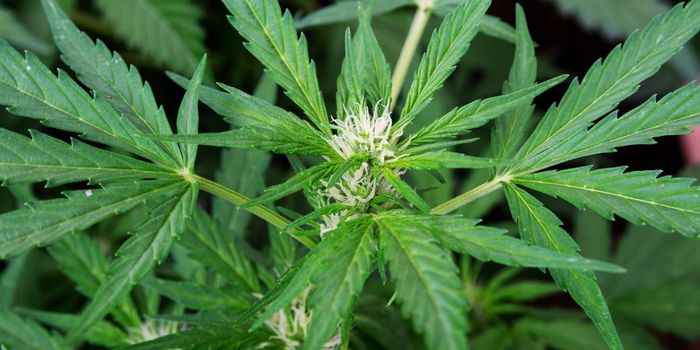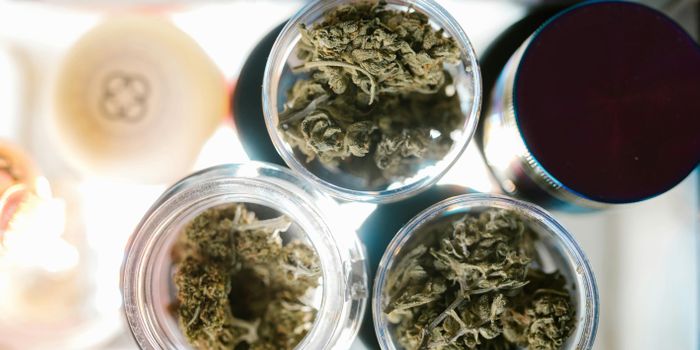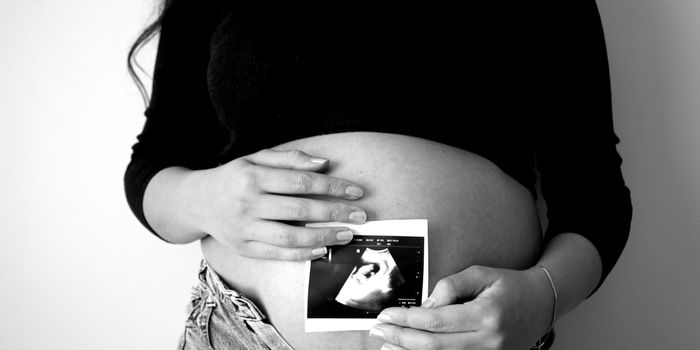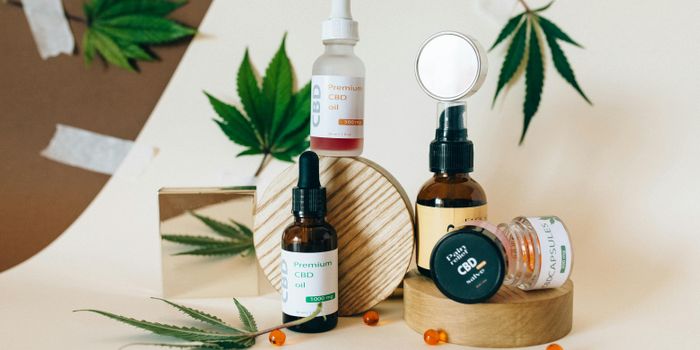Differences in Cannabis Use Among Two- and Four-Year College Students
A team led by a Washington State University researcher published a study of college students and cannabis use in the Journal of American College Health. 517 students participated in a longitudinal study of two- and four-year students ages 18-23. The findings revealed that four-year college students and university students drank more than community college counterparts, and that two-year students had greater cannabis use than four-year students.
Data from a self-reported questionnaire indicated that four-year students consumed over seven drinks per week, while two-year students averaged around 3.5 drinks each week. Two-year students averaged using cannabis over eight days in the previous month whereas four-year students averaged roughly 4.5 days of use.
Four-year students thought their peers drank more than two-year students believed their peers drank, whereas two-year students thought that their peers used cannabis more than four-year students thought their peers did. The researchers anticipated differences, but they found these perceptions significant. Lead author and assistant professor Jennifer Duckworth explained, “I expected differences in both alcohol and marijuana use among two- and four-year college students, but was surprised by the magnitude of the differences given that the subjects are the same ages.” Perceived alcohol and cannabis norms and associations to actual use were similar for two- and four-year students.
There is more research on four-year college students’ attitudes about substance use than there is on two-year students. One challenge of researching community college students is that they tend to have more variability in terms of age, work status, socioeconomic background, and race and ethnicity.
A study by University of Michigan researchers suggest there was a seismic shift in college students’ perceptions of alcohol and cannabis that may be due to the impact of pandemic lockdowns and the common perception that cannabis is a safe and natural substance. More students are using cannabis while alcohol use decreases. College students’ cannabis use is now at its highest level. In 2015, 38% of students consumed cannabis, now this number has risen to 44% in 2020.
The study suggested the need for awareness campaigns and interventions for all college students, but Duckworth stated that there are more support systems for four-year students than two-year community college students. Duckworth hopes to create a normative feedback intervention for community college students. This approach focuses on correcting misconceptions that students have about peer substance use. Studies have shown that four-year students think their peers are using substances much more than they really are, and this might lead to increased drinking. More research assessing peer cannabis use will benefit the understudied student population, and normative interventions may effectively reduce high-risk use among community college students.
Source:
Journal of American College Health








